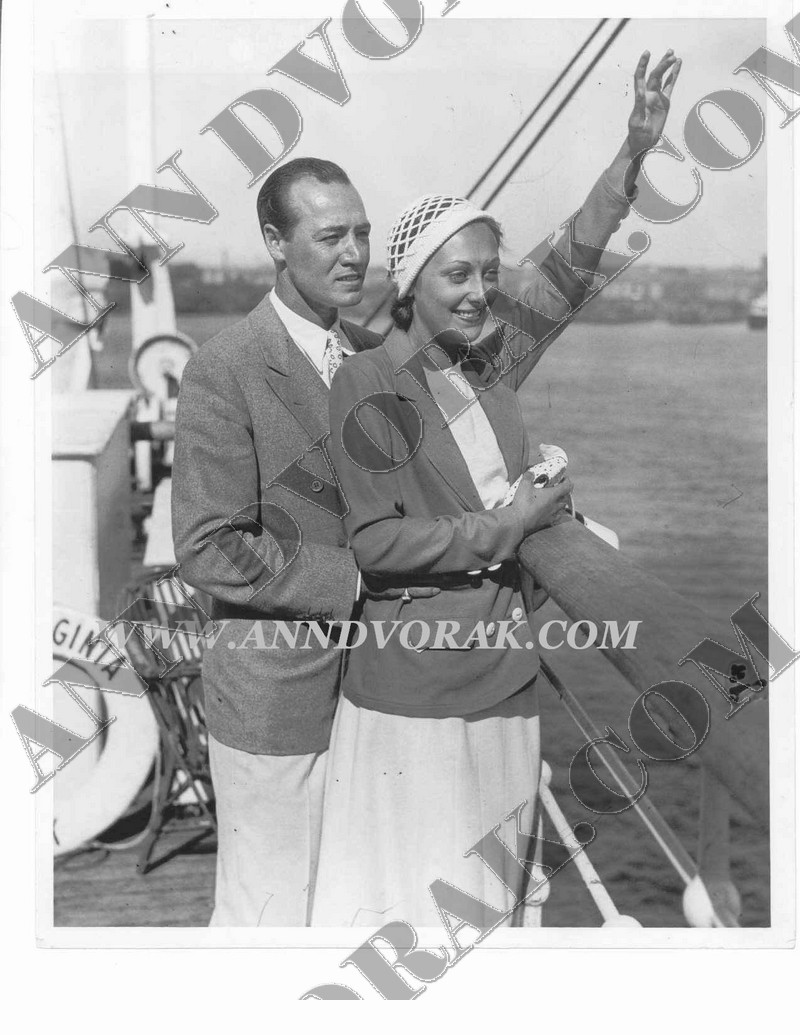Posts in Category: This Day in History
Previously Unpublished Photos of Ann Dvorak in San Francisco
Year of Ann Dvorak: Day 121
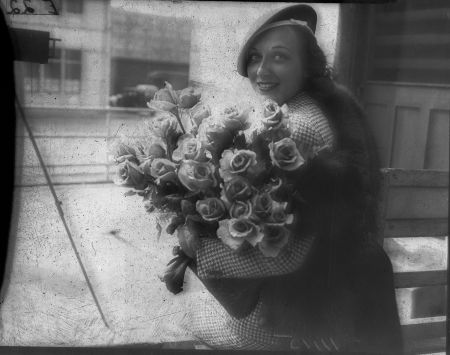
The last week of April 1935, Warner Bros. told Ann Dvorak she would be traveling to San Francisco for a personal appearance at a premiere of G Men, her latest film starring James Cagney. She did not want to go and said she wouldn’t. However, being under contract and all, she really didn’t have much of an option – so off she went.
The San Francisco Examiner was on hand when she arrived in the city and snapped a few photos. As far as I can tell, the one of Ann exiting the train is the only one that actually ran in the paper, so the other two are previously unpublished.
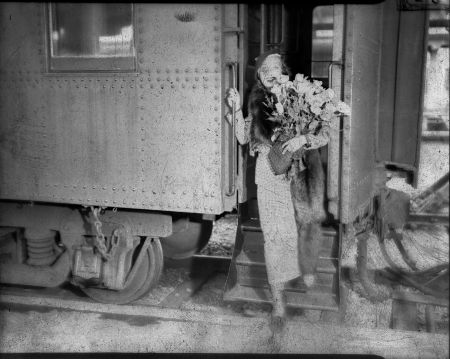
Around 5 or 6 years ago, the photos from the San Francisco Examiner started being auctioned off on eBay and I acquired the original negatives from Ann’s trip up north. The shot of her standing on, what appears to be, the back of the train was posted in the auction description and has since shown up on other websites.
The negs are not in great condition, which is why the quality is a bit questionable. I am not proficient in online photo editing, but I am sure a guru could clean these up a bit. You have to admit that even though these images are not retouched, Ann looks beautiful and is putting on a movie star face, even though she does not want to be there.
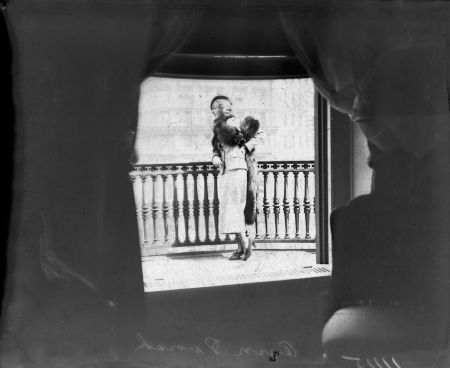
Oh, there is one more of these photos not posted, which you will be able to view when a certain book comes out in November. In the meantime, enjoy these rare shots of Ann.
This Day in Ann Dvorak History: “Crooner” Instead of “Cabin in the Cotton”
Year of Ann Dvorak:Day 101
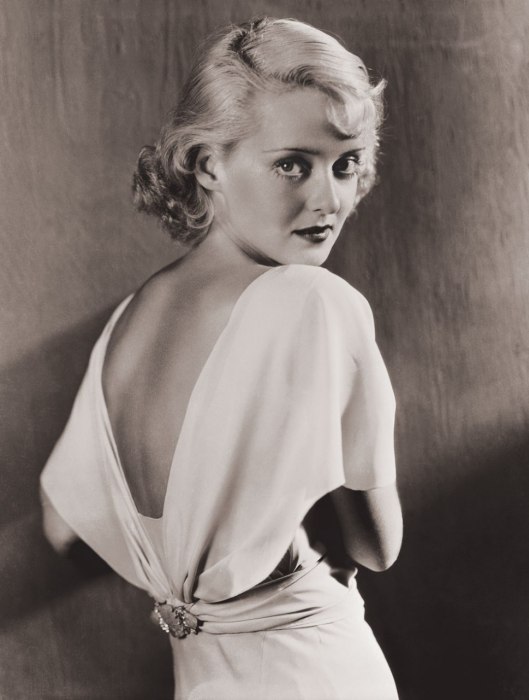
At the dawn of 1932, Ann Dvorak was under contract to Howard Hughes. The millionaire producer had allowed Howard Hawks to bring Ann over to Warner Bros. for The Crowd Roars, and the Burbank studio quickly became infatuated with her. They were, in fact, so eager to have Ann in their films that they cemented a deal with Hughes to borrow her exclusively for six months. One of the terms of this agreement gave Hughes script approval on anything they wanted Ann to appear in.
On April 11, 1932, Warner Bros. sent Hughes’ Caddo Co. the script for a movie called Crooner along with a letter requesting that Ann appear in this film instead of Cabin in the Cotton which had been previously approved. The role she had been pegged to play in Cabin in the Cotton was Nordie Lord, a plantation owner’s saucy daughter. By the time the film started shooting, the character’s name had been changed to Madge Norwood and Warner contract player Bette Davis had stepped into the role.
Those of you familiar with Crooner and Cabin in the Cotton may be either scratching your heads in wonder or screaming “WHY??” up to the heavens. While Crooner is an amusing enough little comedy, Ann has very little to do in it, especially when compared to Madge Norwood, who Bette later described as the first “downright, forthright bitch,” she ever played.
Warner Bros. seems to have frequently cast actors in one film and then suddenly swap them out for someone else, so I don’t think there was any deep meaning behind putting Ann on Crooner instead of Cabin in the Cotton. Eighty three years later, it’s just another “what if” in the career of Ann Dvorak.
This Day in Ann Dvorak History: Ann Finishes “Midnight Alibi”
Year of Ann Dvorak: Day 94
On April 4, 1934, Ann Dvorak finished up her scenes opposite Richard Barthelmess in Midnight Alibi. Ann’s role was a sparse leading lady one, and she worked on the film for only two weeks. By this time she had been back in Hollywood for a year following a lengthy honeymoon which had not been approved by Warner Bros. Upon her return, the studio let her stew for nearly six months before casting her in anything, but seemed to be trying to make up for lost time as Midnight Alibi was her sixth film in less than seven months.
Overall, I think Midnight Alibi is watchable enough, though anyone viewing it for Ann will certainly be disappointed. Even if you don’t want to watch the film, be sure to check out the goofy trailer that seemed to be promoting the film as a screwball comedy.
This Day in Ann Dvorak History: Warner Bros. Reinstates Ann’s Contract
Year of Ann Dvorak: Day 88
On March 29, 1933, Warner Bros. sent Ann Dvorak a letter officially reinstating her contract. Ann had been suspended after walking out on her contract the previous July to go on an extended honeymoon with her bridegroom, Leslie Fenton. They had returned to Los Angeles on March 22, and the studio was anxious to resolve the issues with their wayward actress, who they had recently invested $40,000 in after purchasing her contract from Howard Hughes.
Considering Ann skipped town and made some unfavorable comments about the studio system to the press, Warner Bros. was actually fairly generous towards Ann. The exercised all her options while she was away and even though she was technically on suspension, Ann came back to a raise in pay. Additionally, they did not tack the suspension time onto the end of her contract, a common practice in those days. It probably helped that Ann had fired her agent, Charles Feldman, who had encouraged her to leave and talk to the press, replacing him with Myron Selznick. Even though Selznick could play hardball like no other, he could see that Warner Bros was offering a good deal, so Ann signed the March 29th letter, agreeing to the terms.
Now that Ann was back on the payroll, all she needed was a movie to act in. Five months later, she was still waiting…
“Ann Dvorak Clubs Coyote” – The Best Headline of Her Career
Year of Ann Dvorak: Day 80
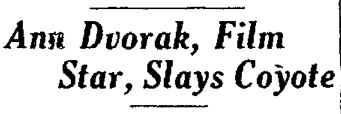
Of all the headlines Ann garnered during her career, my all time favorite is “Ann Dvorak Clubs Coyote.” This was first reported on March 20, 1935 when Ann supposedly took it upon herself to take care of a coyote who was killing chickens on her walnut ranch when the hired help was too, um, chicken to.
I think it was the Los Angeles Evening Herald & Express that ran that actual headline, but I was too lazy to go dig it up and scan it. Instead, here’s a selection of variations on the story, which I am choosing to believe is true. I love the thought of 5’4″, 110 lb Ann marching into her chicken coup with a club and walking out dragging a coyote behind her.

So yeah, I kept it in the book.
This Day in Ann Dvorak History: Blushing Bride
Year of Ann Dvorak History: Day 76
In the wee hours of March 17th, 1932, Ann Dvorak and Leslie Fenton headed to United Airport in Burbank and boarded an chartered plane headed for Yuma, Arizona. By noon they were married.
The marriage started unraveling a decade later during the War, but in those early years they were head over heels in love with each other. After 15 years of researching Ann, I can’t help but think this was the happiest time of her life.
This Day in Ann Dvorak History: “Love is a Racket” Wraps
Year of Ann Dvorak: Day 75
On March 16,1932, Ann Dvorak finished filming on Love is a Racket. The day ended a bit earlier than usual which allowed Ann some time for an interview with a writer from one of the film magazines who noted that the young actress seemed very jittery. After the interview, Ann went clothes shopping before heading home to the apartment she shared with her mother.
Ann’s role in Love is a Racket was kind of a let down compared to the more substantial parts she had recently played in Scarface and The Strange Love of Molly Louvain. Even though her character has way less screen time than Francis Dee, who plays the main love interest, Ann still got higher billing. This was because at the time, Ann was still under contract to Howard Hughes who had agreed to let Warner Bros. borrow her exclusively for six months. This also meant that Hughes was dictating Ann’s billing as part of the agreement.
Perhaps Ann should have been concerned with Warner Bros. casting her in such a small role following Molly Louvain. However, she had other things on her mind…
This Day In Ann Dvorak History: Ann Starts Shooting “G” Men
Year of Ann Dvorak: Day 63
On March 4, 1935, Ann Dvorak reported for her first day of work on the Warner Bros. feature “G” Men, starring James Cagney. The role of Jean Morgan may not have been a big one for Ann, but “G” Men was a bigger budget production than most, if not all, of the films she had made the previous year. Plus, she was going to be acting opposite one of the studio’s biggest stars. This was the second and (unfortunately) last time Ann acted with Cagney, with whom she had shared the screen two years earlier in The Crowd Roars. The chemistry between them is undeniable, especially during her death scene, so it’s really a shame they didn’t do more together.
1935 had really been shaping up to be a banner year career-wise for Ann. In December, she had wrapped up Sweet Music opposite Rudy Vallee, for a ’35 release, and Bright Lights with Joe E. Brown and Dr. Socrates with Paul Muni were just around the corner. Maybe these weren’t the most notable titles on Warner Bros. release list for 1935, but they were largely a step-up from the mountain of quickie programmers the studio had cast her in from late 1933 through most of 1934. Yup, things were looking up for Ann…and then came the loan-out to 20th Century that infuriated her, mysterious illnesses, lengthy suspensions, and a lawsuit. But, you’ll be able to read all about it in a certain book due to come out in a few months. 😀
This Day in Ann Dvorak History: Live on the Radio
Year of Ann Dvorak: Day 52
On February 22, 1935 at 9:30pm, Ann was interviewed by radio personality George Fisher on a program dedicated to the promotion of her latest film, Sweet Music. It was broadcasted on KFWB, which makes sense since Warner Bros. owned the station and it was one of their films. Sweet Music was actually one of Ann’s bigger budget titles with the studio, so she engaged in more publicity on this one than probably any of her other Warner films.
Ann didn’t make a whole lot of radio appearances over the course of her career, and promo deals like this one don’t seem to have survived the ages. However, Ann did do a handful of radio dramas, and if you’re really patient, I just may post some of them here.
This Day in Ann Dvorak History: Warner Bros. Plays Nice (Kind Of)
Year of Ann Dvorak: Day 48
In February 1933, Ann Dvorak and Leslie Fenton had finished traipsing around Europe & Africa, and were taking the slow boat back to Los Angeles from Italy. They had been MIA since July of the previous year after abruptly departing, leaving Hollywood and Ann’s Warner Bros. contract behind. As Ann and Leslie were taking in the sights, her studio had been trying to figure out what do about her. They had recently shelled out $40,000 to Howard Hughes for her contract, and while they were incensed (and baffled) by her actions, they needed to recoup that cost and were not about to let her go. They assumed she would have to return eventually and decided to follow business as usual, which included exercising her options as they came up.
On February 17, Warner Bros. exercised an option which extended Ann’s contract and raised her rate to $325 a week, which was $75 more than when she took off. Not too shabby for a 21-year-old during the country’s worst economic climate. They sent the notice to Ann’s recently appointed agent, Myron Selznick, to a hotel in Naples, Italy (the couple’s last known whereabouts), and to 3339 Troy Drive, the address the studio had on file that was also the residence of Leslie Fenton’s mother.
In light of Ann’s departure, Warner Bros. seemed to be behaving in a fairly level-headed manner. Only time would tell how they would act once the boat docked.
/Alibi3.jpg)
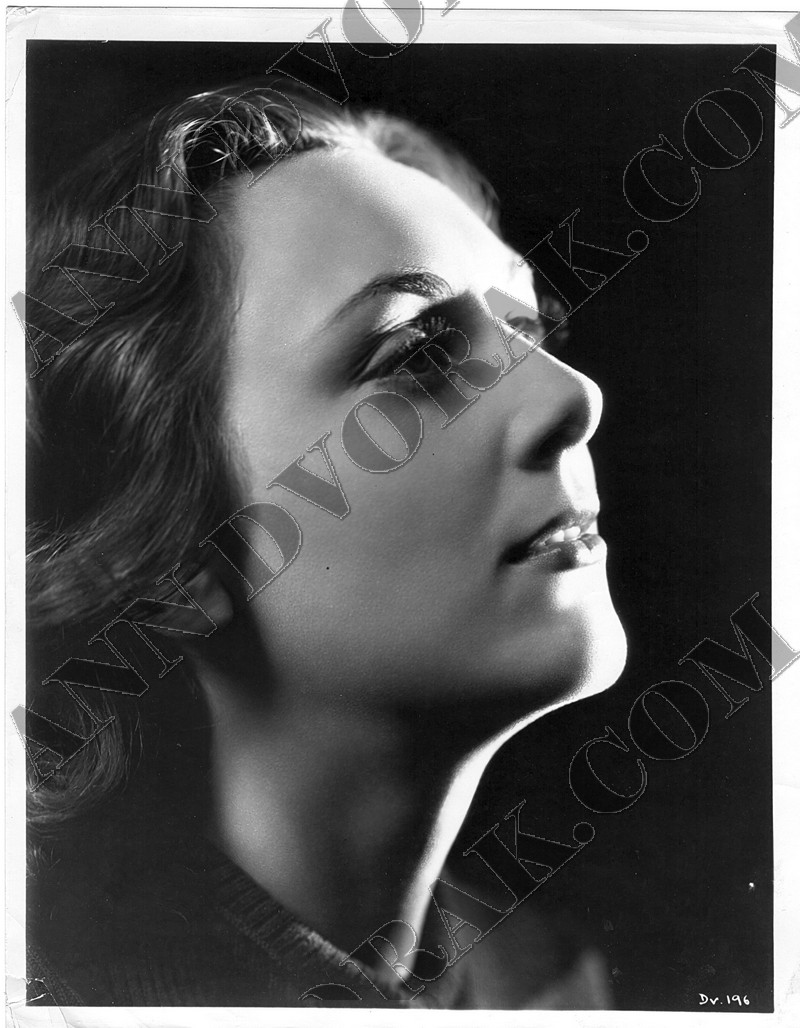
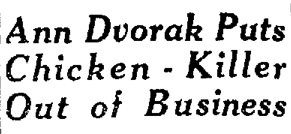
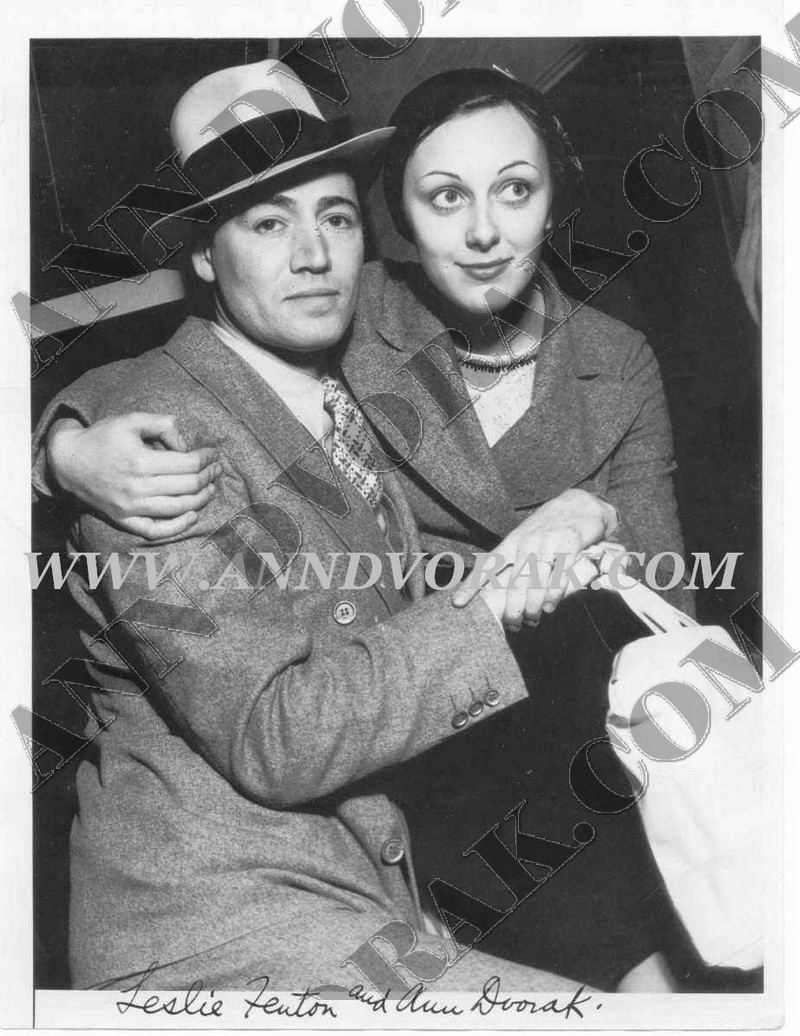
/Racket6.jpg)
/GMen11.jpg)
/SweetMusic9.jpg)
